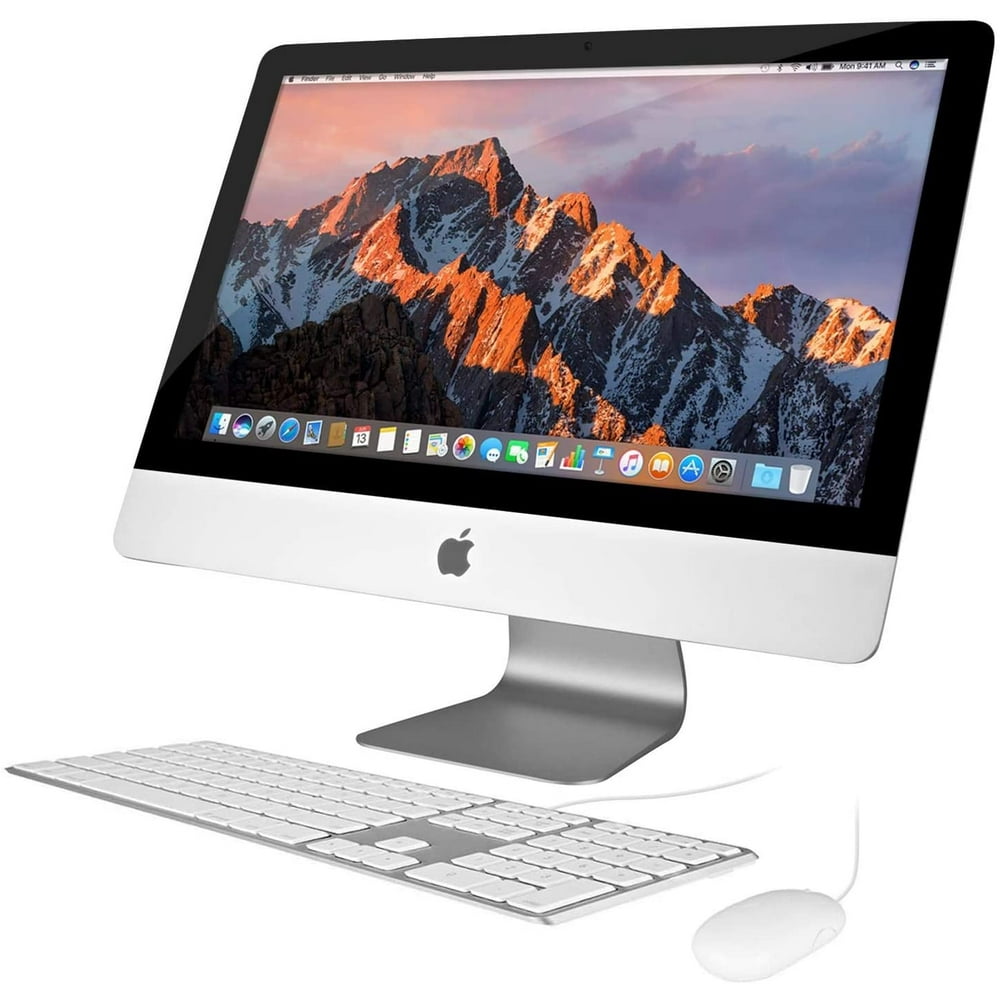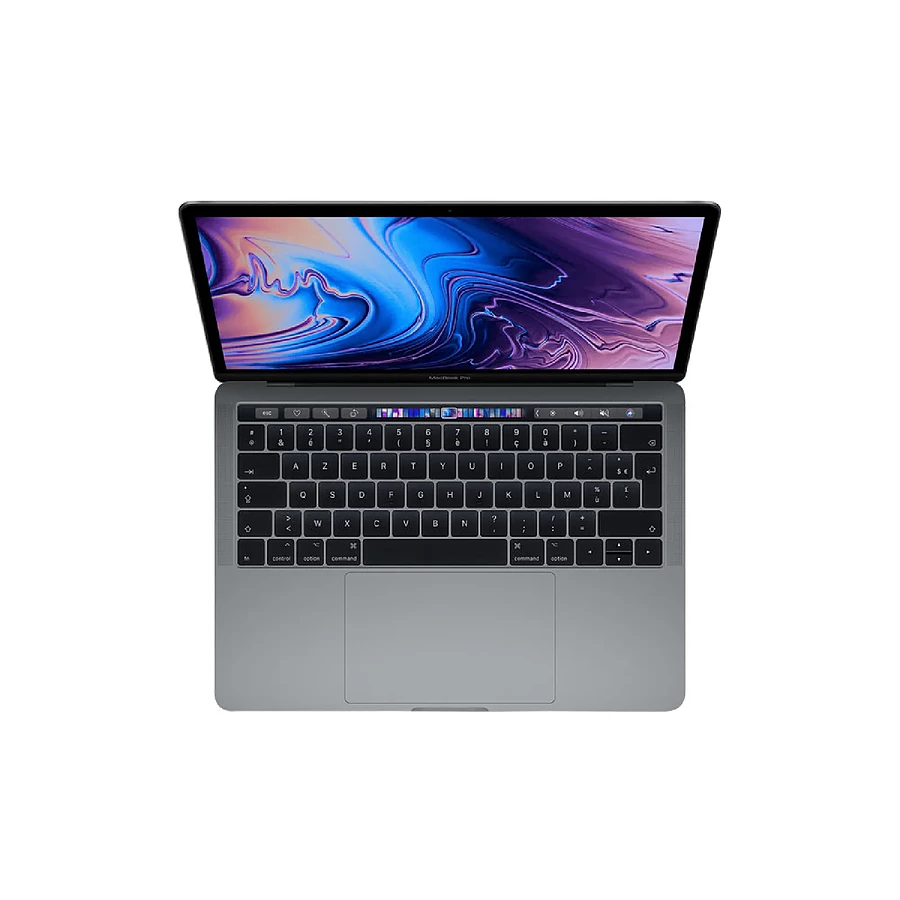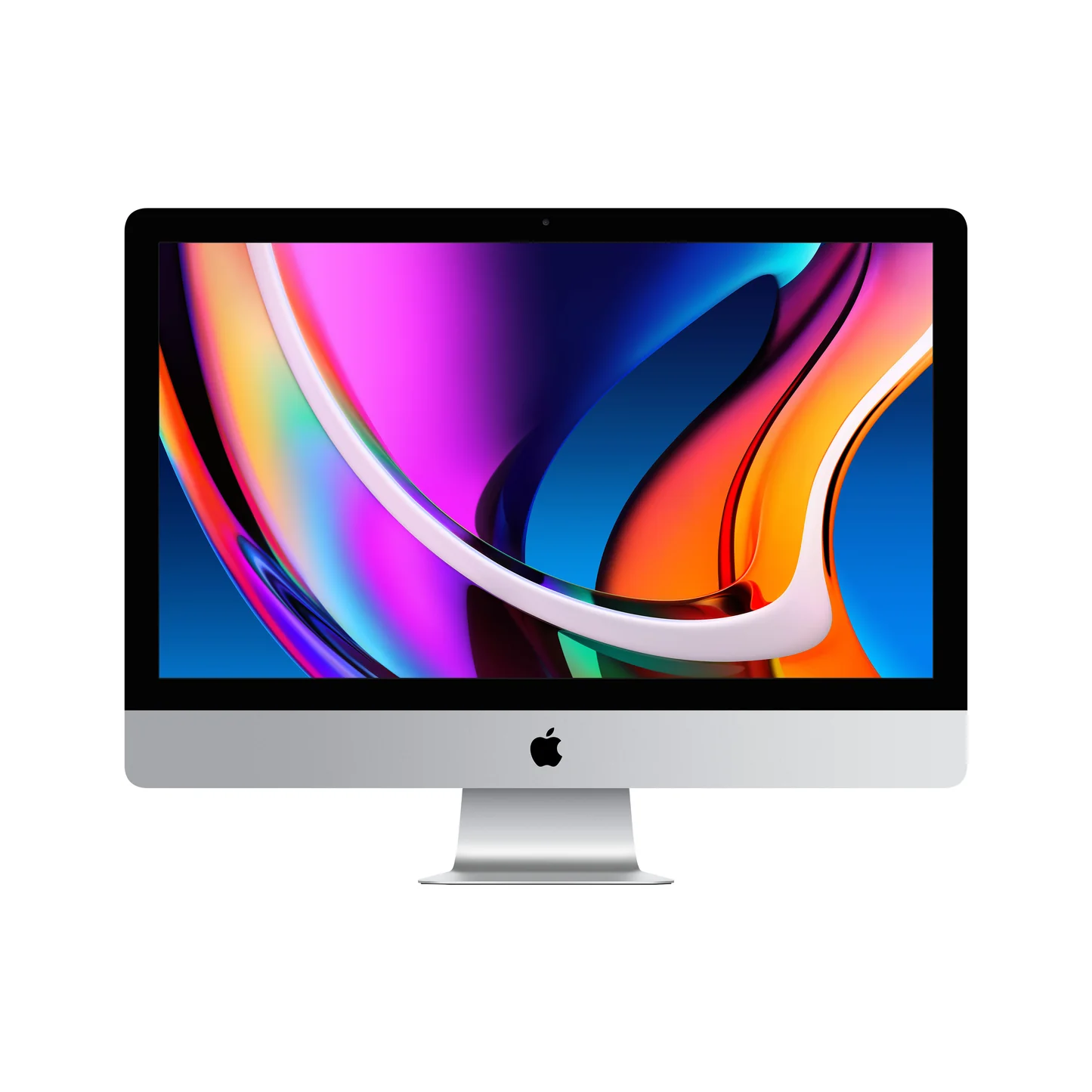Enhancing Your Mac: A Complete Guide to Desktop Widgets
Mac desktop widgets offer a convenient way to access information and perform quick tasks without opening full applications. These mini-programs display directly on the desktop, providing at-a-glance updates and functionality. Widgets can show weather forecasts, calendar events, stock prices, and much more. Apple has integrated widgets into macOS, making them a powerful tool for productivity and personalization. This guide explores the process of adding and customizing widgets on Mac laptops, helping users make the most of this feature.
Understanding Widget Types on macOS
macOS supports various types of widgets to suit different needs. System widgets come pre-installed and offer basic functionality. Third-party widgets expand options with specialized features. Some widgets display static information, while others update in real-time. Interactive widgets allow users to perform actions directly from the desktop. Understanding these types helps in selecting the most useful widgets for individual workflows. Apple continues to expand widget capabilities with each macOS update, increasing their versatility and appeal.
Accessing the Widget Gallery on Mac
To begin adding widgets, users must first access the Widget Gallery. This process starts by clicking on the Apple menu in the top-left corner of the screen. Select “System Preferences” from the dropdown menu. In the System Preferences window, click on the “Desktop & Screen Saver” icon. Navigate to the “Desktop” tab within this menu. Look for the “Widgets” button, typically located in the bottom-right corner. Clicking this button opens the Widget Gallery, displaying available widgets for installation.

Browsing and Selecting Widgets
The Widget Gallery presents a wide array of options organized by category. Users can scroll through the list or use the search function to find specific widgets. Each widget entry includes a brief description and preview image. Clicking on a widget reveals more details about its functionality and options. Some widgets offer customization choices directly from the gallery interface. Take time to explore various widgets and consider how they align with personal needs and preferences. Remember that widgets can be easily added or removed, so experimentation is encouraged.
Installing Widgets on the Mac Desktop
Once a desired widget is selected, installing it on the desktop is straightforward. Click the “Add” button next to the widget in the gallery. The widget will appear on the desktop, often in a default position. Users can then click and drag the widget to reposition it anywhere on the screen. Some widgets allow resizing by clicking and dragging their corners or edges. To remove a widget, hover over it and look for the “X” button that appears. Clicking this button removes the widget from the desktop, but it remains available in the gallery for future use.
Customizing Widget Appearance and Behavior
Many widgets offer customization options to tailor their appearance and functionality. To access these options, click on the widget to select it. Look for a small “i” icon or gear symbol, often located in a corner of the widget. Clicking this icon opens the widget’s settings menu. Options may include color schemes, display preferences, data sources, and update frequencies. Experiment with these settings to optimize each widget for personal needs. Some widgets integrate with system settings or third-party accounts for enhanced functionality.
Organizing and Managing Desktop Widgets
As the number of installed widgets grows, organizing them becomes important for maintaining a clean and efficient desktop. Users can group related widgets together by dragging them near each other. Some versions of macOS allow creating widget stacks, consolidating multiple widgets into a single, scrollable interface. Prioritize frequently used widgets by placing them in easily visible areas of the desktop. Consider using desktop spaces or multiple monitors to create dedicated widget areas. Regularly review and remove unused widgets to prevent clutter and maintain system performance.
Exploring Popular Mac Desktop Widgets
Weather widgets rank among the most popular options, providing current conditions and forecasts. Calendar widgets display upcoming events and deadlines at a glance. Clock widgets offer customizable time displays for different time zones. Stock market widgets track investments and financial indicators. Note-taking widgets allow quick capture of ideas and to-do items. System monitor widgets display CPU usage, memory status, and network activity. Media player widgets control music and video playback without opening full applications. Explore these popular widgets to enhance desktop functionality.
Integrating Widgets with macOS Features
macOS integrates widgets with other system features for enhanced functionality. Notification Center widgets provide quick access to important information. Some widgets sync data across Apple devices using iCloud. Siri can interact with certain widgets, allowing voice control of widget functions. Widgets can display data from built-in macOS applications like Contacts and Reminders. Third-party applications often offer companion widgets for quick access to key features. Explore these integrations to create a seamless workflow between widgets and other macOS components.
Troubleshooting Common Widget Issues
Occasionally, users may encounter issues with desktop widgets. If a widget stops updating, try removing and re-adding it from the Widget Gallery. Check internet connectivity for widgets that rely on online data. Restart the Dock process or log out and back in to resolve persistent widget problems. Ensure macOS is up to date, as some widgets may require the latest system version. For third-party widgets, check the developer’s website for updates or compatibility information. Clear cache and preference files if widgets behave erratically. These troubleshooting steps resolve most common widget issues.
Task-specific widgets can significantly boost productivity for various professions and hobbies. Writers benefit from word count and dictionary widgets. Developers appreciate coding reference and GitHub status widgets. Designers find color picker and font preview widgets useful. Project managers rely on task list and time tracking widgets. Fitness enthusiasts use step counter and workout timer widgets. Photographers benefit from sunrise/sunset and golden hour calculators. Explore widgets tailored to specific tasks or industries to enhance workflow efficiency.
Creating Custom Widgets for Mac
Advanced users can create custom widgets to address specific needs. Apple provides development tools and documentation for widget creation. Web technologies like HTML, CSS, and JavaScript form the basis of many custom widgets. The Xcode development environment offers templates and resources for widget projects. Consider collaborating with the Mac developer community to share ideas and resources. Custom widgets allow for highly personalized desktop experiences tailored to unique requirements. Learning to create widgets opens up new possibilities for desktop customization and functionality.
Comparing Widgets Across macOS Versions
Widget functionality has evolved across different macOS versions. Earlier versions used Dashboard for widget management. More recent updates integrated widgets directly into Notification Center. The latest macOS versions bring widgets to the desktop itself. Each iteration has introduced new features and design changes. Compatibility between versions varies, with some older widgets becoming obsolete. Users upgrading macOS should review their widget setup for any necessary adjustments. Apple continues to refine the widget experience with each system update.
Security Considerations for Desktop Widgets
While widgets offer convenience, users should consider security implications. Only install widgets from trusted sources to avoid potential malware. Be cautious with widgets that request access to personal information or system settings. Review privacy policies for widgets that connect to online services. Keep macOS and all widgets updated to patch any security vulnerabilities. Disable or remove widgets that are no longer needed or supported. These precautions help maintain a secure desktop environment while enjoying widget functionality.
Optimizing Mac Performance with Widgets
While widgets enhance functionality, they can impact system performance if overused. Limit the number of active widgets to maintain optimal speed. Choose widgets with efficient resource usage, especially on older Mac models. Widgets that constantly update or animate may consume more power, affecting battery life on laptops. Use Activity Monitor to identify any widgets consuming excessive resources. Consider using Spaces or fullscreen apps to hide widgets when focusing on specific tasks. Balancing widget utility with system performance ensures a smooth Mac experience.
Widgets and Accessibility on Mac
macOS includes accessibility features that extend to desktop widgets. VoiceOver can read widget content aloud for visually impaired users. Zoom functionality allows for closer inspection of widget details. Adjustable contrast settings help improve widget visibility. Some widgets offer larger text options for easier reading. Consider accessibility needs when selecting and positioning widgets on the desktop. Apple continually improves widget accessibility with each macOS update, ensuring a more inclusive user experience.
Conclusion: Maximizing the Potential of Mac Desktop Widgets
As technology evolves, the future of Mac desktop widgets looks promising. Apple continues to refine widget functionality and design. Integration with machine learning may lead to more personalized widget experiences. Augmented reality could bring 3D widgets to Mac desktops. Improved cross-device synchronization may allow seamless widget use across Apple ecosystems. Energy-efficient widgets could optimize battery life on MacBooks. User feedback and technological advancements will shape the next generation of desktop widgets, enhancing their utility and appeal.
Desktop widgets offer a powerful way to customize and enhance the Mac user experience. By understanding how to add, manage, and optimize widgets, users can create a more efficient and personalized workspace. From boosting productivity to staying informed, widgets serve a variety of purposes on the Mac desktop. As Apple continues to develop this feature, exploring and experimenting with different widgets can unlock new possibilities. Whether for work, play, or daily life management, desktop widgets have become an integral part of the Mac ecosystem. Embrace these versatile tools to transform the Mac desktop into a dynamic, information-rich environment tailored to individual needs and preferences.



